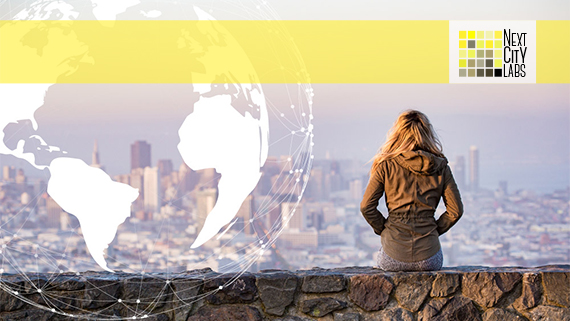Smart cities
Smart cities are those urban environments where new technologies are used as a tool to optimize the use of resources, make processes more efficient, create greater sustainability, with the goal of improving people's lives.
The world's population and its concentration in urban areas is increasing every year. It is therefore very important that this growth takes place in an orderly manner and under solid bases of humanity, sustainability and efficiency. This is what the smart cities framework seeks to create with the use of new technologies such as digitalization, artificial intelligence, sensors, the internet of things (IOT), renewable energies, electric vehicles, and other modern technologies.
Within the different areas encompassed by the concept of smart cities, NextCity Labs® focuses mainly on energy and mobility. Thanks to an improvement in the collection and management of energy by all the agents that are grouped in the urban areas, it is possible to contribute to an improvement of the environment and the quality of life of residents and visitors.
Its infrastructure is defined by the sustainable production of energy, placing value on renewable energies over conventional energies, adaptability to environmental changes and a focus on new technologies. They thus become a new concept involving new forms of expression, socio-cultural development, and efficient planning to minimize distances. The decrease of environmental impact is one of the pillars of this trend putting people and the ecosystem at the center of the development equation.
The energy system is in transition towards a sustainable model that is expressed in smart cities through component reuse systems, better consumption habits, sustainable waste disposal and the promotion of the implementation of renewable energies.






